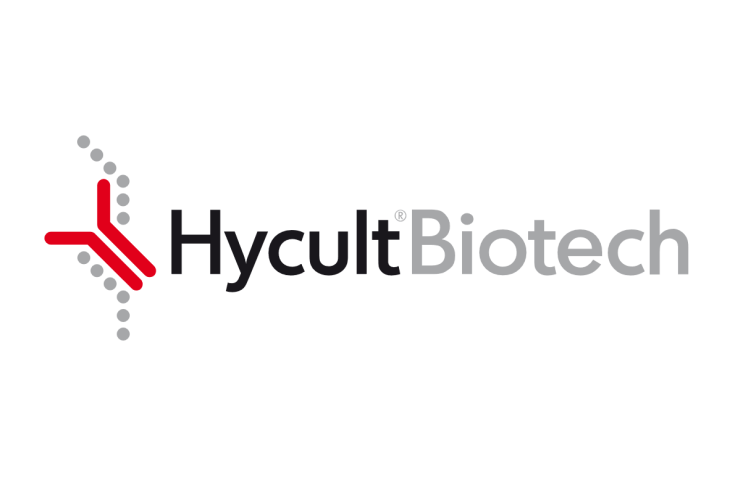The polyclonal antibody recognizes human zona occludens 1 (ZO-1), an ~220 kDa tight junction protein belonging to the membrane-associated guanlyate kinase (MAGUK) family. Members of this family are involved in epithelial and endothelial intercellular junctions. They each contain at least one PSD95/Dlg/ZO-1 (PDZ) domain, a Src homology 3 (SH3) domain, and an enzymatically inactive guanylate kinase domain. PDZ domains are 90-amino acid protein-protein binding domains that recognize at least a 3-residue peptide motif in the COOH termini of their binding partners. PDZ domain-containing proteins, like ZO-1, typically act as scaffolding proteins that organize membrane receptors and cytosolic proteins into multimeric signaling complexes often at the sites of cell-cell contact. The effectiveness and stability of the epithelial barrier depends on a complex of proteins composing different intercellular junctions, which include tight junctions, adherens junctions, and desmosomes.
ZO-1 is a peripheral membrane protein bound on the cytoplasmic surface of junctional contacts and is expressed in all tight junctions regardless of their properties. ZO-1 immunoprecipitates with its family member ZO-2. ZO-1 was shown to undergo tyrosine phosphorylation during tight junction formation and remodeling. Two different isoforms of ZO-1, alpha-minus and alpha-plus, have been described, which result from alternative splicing of an mRNA encoded by a single gene. The ZO-1 alpha-plus contains an 80 amino acids motif called alpha which is not present in ZO-1 alpha-minus. The alpha-containing isoform is found in most epithelial cell junctions. The short isoform (ZO-1 alpha-minus) is found both in endothelial cells and the highly specialized epithelial junctions of renal glomeruli and Sertoli cells of the seminiferous tubules. This difference in distribution provides molecular distinction among tight junctions. The polyclonal antibody was raised against amino acids 432-1150 of human ZO-1 and recognizes both ZO-1 alpha-minus and alpha-plus. It cross reacts with mouse and dog ZO-1.
Do you have any questions about this product?
Order your product by email
Productname
ZO-1, Human, pAb
HP9056-100UG
By filling out this form, you are placing an order by e-mail. You will receive an order confirmation within one working day. The order cannot be modified after receipt of the order confirmation.
Request a sample
Productname
ZO-1, Human, pAb
HP9056-100UG
By filling out this form, you request a sample. You will receive an order confirmation within one working day. The order cannot be modified after receipt of the order confirmation.
Are you looking for specific products, alternatives or documentation?











